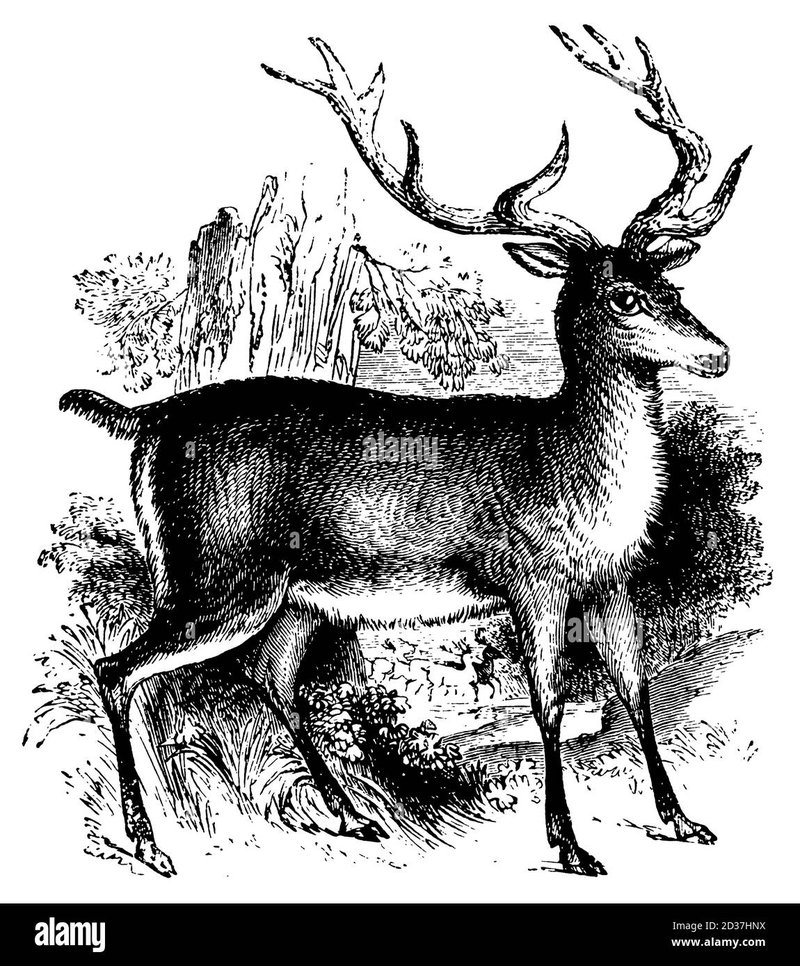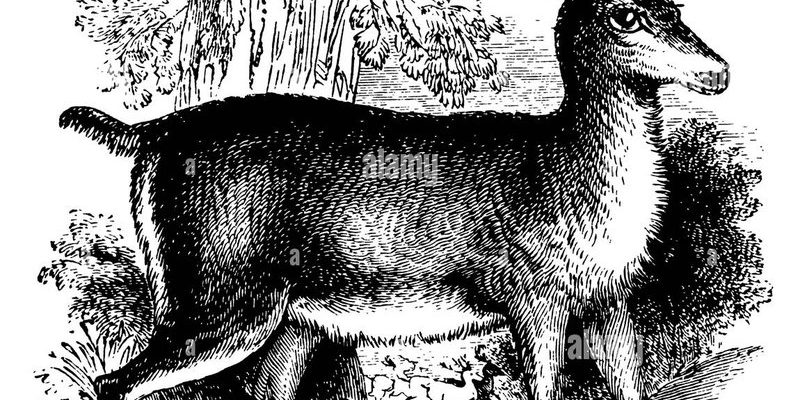
Let’s take a moment to explore this journey together—as if we’re sitting in a cozy café, sipping on our favorite drinks and talking about the wonders of nature. From their ancient ancestors to the present day, the story of red deer is one of resilience, survival, and transformation. So, where do we begin? Let’s dive into the past and discover how these remarkable animals have evolved over time.
Origins of the Red Deer: A Glimpse into the Past
The evolutionary history of the red deer can be traced back to about 13 million years ago. During this time, the earth was in a different state, with unique climates and ecosystems. The red deer belongs to the Cervidae family, which includes other deer species and has a rich history of adaptation to various environments. Their early ancestors roamed the vast landscapes of Europe and Asia, navigating through dense forests and open plains.
Around 1-2 million years ago, the modern red deer (Cervus elaphus) began to emerge. This period marked significant climate changes, including ice ages and warmer interglacial periods. These shifts prompted early deer populations to adapt in order to survive. For instance, during colder periods, they developed thicker fur for insulation against harsh weather, while warmer times led them to seek shelter in denser vegetation.
As red deer began to spread into different regions, they started to exhibit variations based on their environments. Different groups adapted to local climates, food sources, and terrain, giving rise to distinct subspecies. Some, like the Sika deer in East Asia, developed unique adaptations that set them apart from their European counterparts.
The Role of Geographic Isolation
Geographic isolation played a crucial role in the evolution of red deer. When populations became separated by mountains, rivers, or other barriers, they faced different environmental pressures. For example, a group of deer living in a forest would adapt differently than those in an open plain. This isolation allowed local traits to flourish, leading to the emergence of multiple subspecies with unique characteristics.
Take the Red Deer of the Scottish Highlands as an example. These deer have adapted to cold, rugged terrains, developing larger bodies and longer legs to navigate through the thick underbrush. On the other hand, the Iberian red deer in Spain is known for its vibrant coloration and slightly smaller size, which helps it blend into the Mediterranean landscape.
Physical Adaptations Over Time
As red deer evolved, their physical traits adapted to suit their environments. From their antlers to their coat color, every aspect of their anatomy tells a story of survival. One of the most striking features is their antlers, which are shed and regrown annually. On average, a mature stag will grow antlers that can span up to 1.2 meters or more.
Antlers serve multiple purposes: they are not only tools for defense against predators but also play a crucial role in attracting mates. During mating season, males engage in dramatic displays of strength, using their antlers to compete for the attention of females. This rivalry is an essential part of red deer behavior, and those with the most impressive antlers often find themselves successful in mating.
Another significant adaptation is their coat color. In the warmer months, red deer have a rich, reddish-brown fur that helps them blend in with the forest vegetation. However, as winter approaches, their coats turn a darker shade, offering better camouflage against the snowy landscape. This ability to change color helps them remain hidden from both predators and hunters, a crucial factor for their survival.
Diet and Habitat Adaptations
Beyond their physical traits, red deer have also evolved to be efficient foragers. Their diet primarily consists of grasses, leaves, and shrubs, all of which fluctuate depending on the season. During summer, they graze on fresh foliage, while in winter, they rely on bark and twigs. This adaptability allows them to thrive in different seasons and habitats, whether it’s the dense forests of North America or the open moors of Scotland.
Interestingly, red deer are known to be selective feeders, often choosing the most nutritious plants available. This instinct not only supports their growth and reproduction but also reflects their role in the ecosystem. By browsing on specific plants, they help maintain the balance of their environment, promoting healthy growth in the vegetation they leave behind.
Human Interaction and Conservation Efforts
As humans evolved, so did our relationship with red deer. From hunting for food to the admiration of their beauty, our interactions have significantly impacted their populations. Historically, red deer were hunted extensively, leading to declines in their numbers. In some regions, they faced extinction due to habitat destruction and overhunting.
However, conservation efforts have emerged over the past century, aiming to protect and preserve red deer populations. Strict hunting regulations, habitat restoration, and the establishment of protected areas have contributed to a resurgence in their numbers. For example, in the Scottish Highlands, rewilding projects have helped to restore natural habitats, allowing red deer to roam freely once again.
In some regions, successful interventions have led to the reintroduction of red deer where they had previously vanished. This rejuvenation not only benefits the deer but also the ecosystems they inhabit, highlighting the interconnectedness of all life forms.
Modern Red Deer: A Symbol of Strength
Today, red deer are seen as symbols of strength and resilience. They continue to captivate people around the world, not just for their physical beauty but for their impressive adaptability. These creatures have learned to thrive despite the changes brought about by both natural and human influences.
As we admire red deer in their natural habitats or in wildlife parks, it’s essential to remember their evolutionary journey. They’ve faced countless challenges, adapting and changing through the ages, just as we do. Understanding their history enriches our appreciation for these magnificent animals and underscores the importance of protecting them.
The Future of Red Deer: Challenges Ahead
Looking ahead, red deer still face significant challenges in a rapidly changing world. Climate change poses threats to their habitats, with shifting weather patterns potentially disrupting their food sources and migratory routes. Additionally, human encroachment on their territories leads to habitat loss, putting further pressure on their populations.
To ensure the survival of red deer, ongoing conservation efforts are crucial. This includes monitoring their populations, restoring habitats, and promoting coexistence with human communities. Public awareness campaigns can help educate people about the importance of preserving these animals and their environments, fostering a sense of responsibility for their future.
As climate conditions continue to evolve, red deer may need to adapt once more. Their history has shown us that they are resilient, but it’s up to us to ensure they have the support they need to thrive in a changing world.
The evolutionary history of the red deer is a compelling story of change, adaptability, and survival. From their ancient ancestors to the majestic creatures we see today, they have navigated countless challenges, proving their resilience through time. It’s a reminder that nature is always in motion, constantly evolving in response to its surroundings.
As we move forward, let’s continue to appreciate and protect these remarkable animals. By understanding their past, we can better advocate for their future, ensuring that generations to come can witness the beauty and strength of the red deer in the wild. So next time you see a red deer, take a moment to reflect on their incredible journey and the vital role they play in our ecosystems.

